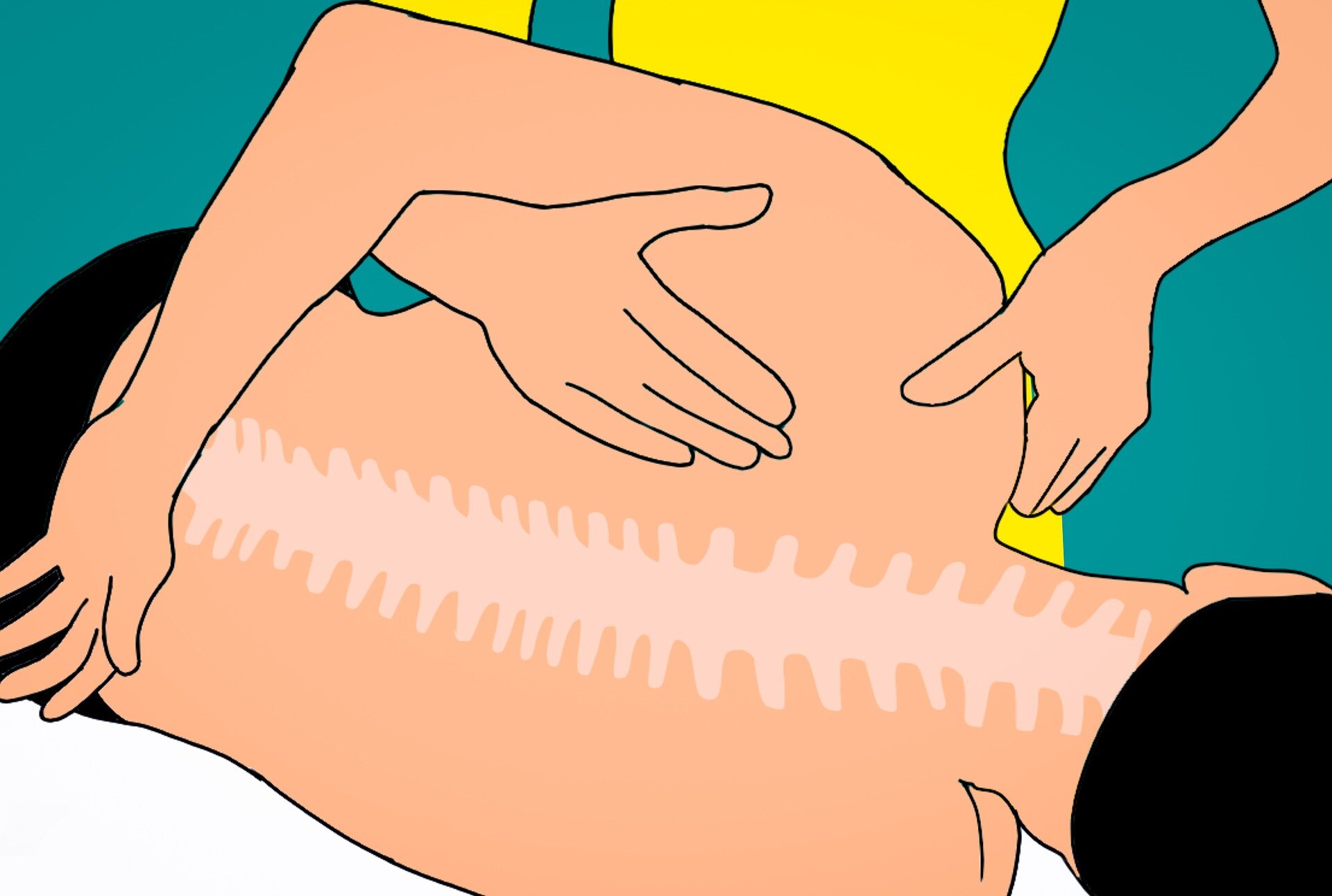- Field Guide to Back and Neck Pain
- Posts
- Radiofrequency Ablation
Radiofrequency Ablation

A Common Treatment for Arthritis of the Spine

Good Morning! This is The Field Guide to Back and Neck Pain, the newsletter trusted by over 15,000 people to stay up to date on treatments and symptoms of back pain, neck pain and other chronic pain conditions. Welcome to all new readers! To those that have been here before, thank you, it’s so good to see you again.
Here is what you can expect from today’s edition:
Radiofrequency Ablation explained
How a Radiofrequency Ablation could help you
News: Exercise could prevent neck pain brought on by working at a desk all day
Radiofrequency Ablation (RFA) explained
Radiofrequency ablation (RFA) is a minimally invasive medical procedure used to treat chronic pain, including pain associated with arthritis of the spine, also known as facet joint arthritis or facet arthropathy (check your MRI or Xray for this). This occurs when the cartilage in the facet joints of the spine breaks down, causing inflammation and pain. Facet joints are small, paired joints that connect the vertebrae and allow for movement in the spine. Click here to learn more about the facet joints!
Radiofrequency ablation is often employed when more conservative treatments like medication, physical therapy, or other injections haven't provided sufficient relief.
Before performing RFA, a diagnostic procedure called medial branch nerve block is often conducted. During this procedure, a local anesthetic is injected into the medial branch nerves that transmit pain signals from the affected facet joints. If this temporarily relieves the pain, it confirms that the facet joints are the source of the pain and therefore, the patient would be a candidate for RFA.
Once the source of the pain is identified, RFA can be performed. Here are the general steps involved:
The patient is given a local anesthetic to numb the area where the procedure will be performed. This ensures minimal discomfort during the procedure.
Fluoroscopy (real-time X-ray) is used to guide the placement of the RFA electrode precisely. A small, specialized needle or electrode is inserted near the targeted medial branch nerves.
High energy radio waves are then delivered through the electrode to the nerves. This energy heats and cauterizes the nerves, disrupting their ability to transmit pain signals. This essentially turns the nerves “off”, providing pain relief. The procedure takes less than 15 minutes.
After the RFA, the electrode is removed, and patients are monitored for a brief period in a recovery area. They can often return home on the same day. Recovery time is relatively short compared to more invasive surgeries and most patients are back to their normal daily activities the same day.
Read on to learn how radiofrequency ablation could help you!
Don’t Quote Me On This…
"Ayyyyy, my neck's giving me a little trouble, but you know me, always staying cool and collected! Gotta power through, Ayyy!"
How a Radiofrequency Ablation Could Help You

Gif by PhysiqueManagement on Giphy
The pain relieving effects of RFA are not immediate and may take a few days to a couple of weeks to become noticeable. However, once the treated nerves are no longer transmitting pain signals, patients often experience significant pain relief, which can last for several months to a year or more. The majority of the relief is often felt as decreased spine pain, decreased pain with standing or sitting for extended periods of time, decreased pain with bending and twisting of the spine and decreased pain and/or stiffness upon waking up in the morning. The duration of relief varies from person to person.
It's important to note that RFA is not a permanent solution, and the nerves may eventually regenerate. If the pain returns, the procedure can be repeated. The goal of RFA is to provide long-term pain relief without the need for more invasive surgical interventions.
As with any medical procedure, there are potential risks and complications associated with RFA, so it's crucial for individuals to discuss the benefits, risks, and alternatives with their healthcare provider before undergoing the procedure.
Ask your doctor if you are a candidate for Radiofrequency Ablation for treatment of your back or neck pain due to spinal arthritis.
In the news…
Do you gave neck pain from sitting at a desk all day? This new study shows that regular exercise may help.
In case you missed it…
Resources
Check out our resources below to help get the most out of your doctor’s appointments. Or get them for FREE by sharing this newsletter with a friend! See the Referrals Section below.
Advertising in the Field Guide to Back and Neck Pain
Interested in advertising directly to readers of this newsletter? Get in touch today by responding directly to this email.
About the Author
Les is an invaluable member of the team! He is the Lead Writer for the Field Guide to Back and Neck Pain newsletter. However, Les Payne is just a Pen Name to protect the identity of our expert Lead Writer who is an actively practicing, board-certified expert in the treatment and prevention of back and neck pain as well as other acute and chronic pain conditions. He has years of experience in this field and has treated over 15,000 patients with pain of all kinds!
Disclaimer: This publication is provided for educational and informational purposes only and does not constitute providing medical advice or professional services. The information provided should not be used for diagnosing or treating a health problem or disease, and those seeking personal medical advice should consult with a licensed physician. Always seek the advice of your doctor or other qualified health provider regarding a medical condition. Never disregard professional medical advice or delay in seeking it because of something you have read in this publication or website. If you think you may have a medical emergency, call 911 or go to the nearest emergency room immediately. No provider-patient relationship is created by this publication or web site or its use. Neither the administrator nor its employees, nor any contributor to this publication or web site, makes any representations, express or implied, with respect to the information provided herein or to its use.



